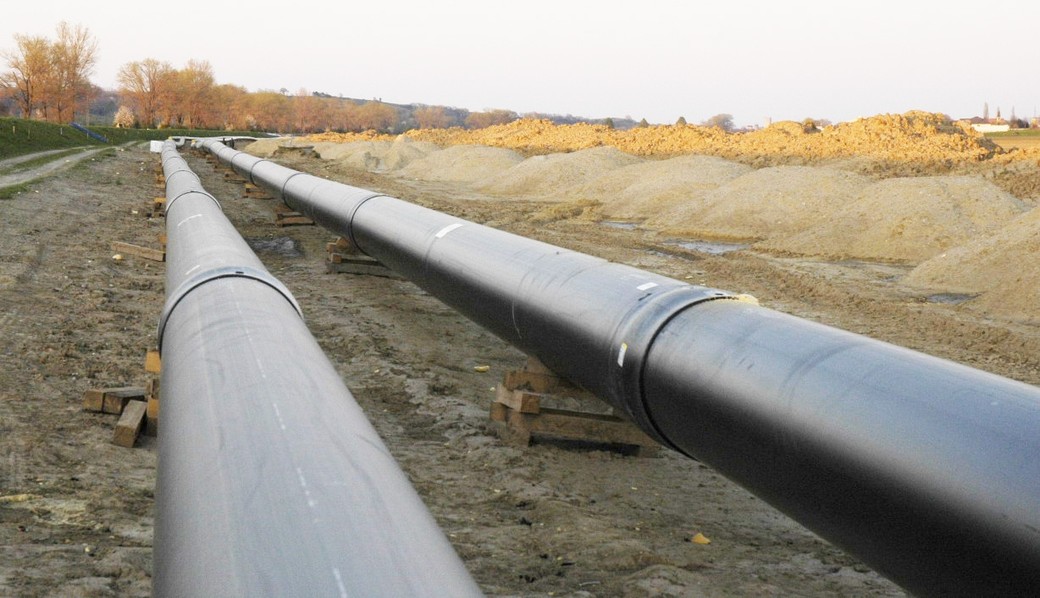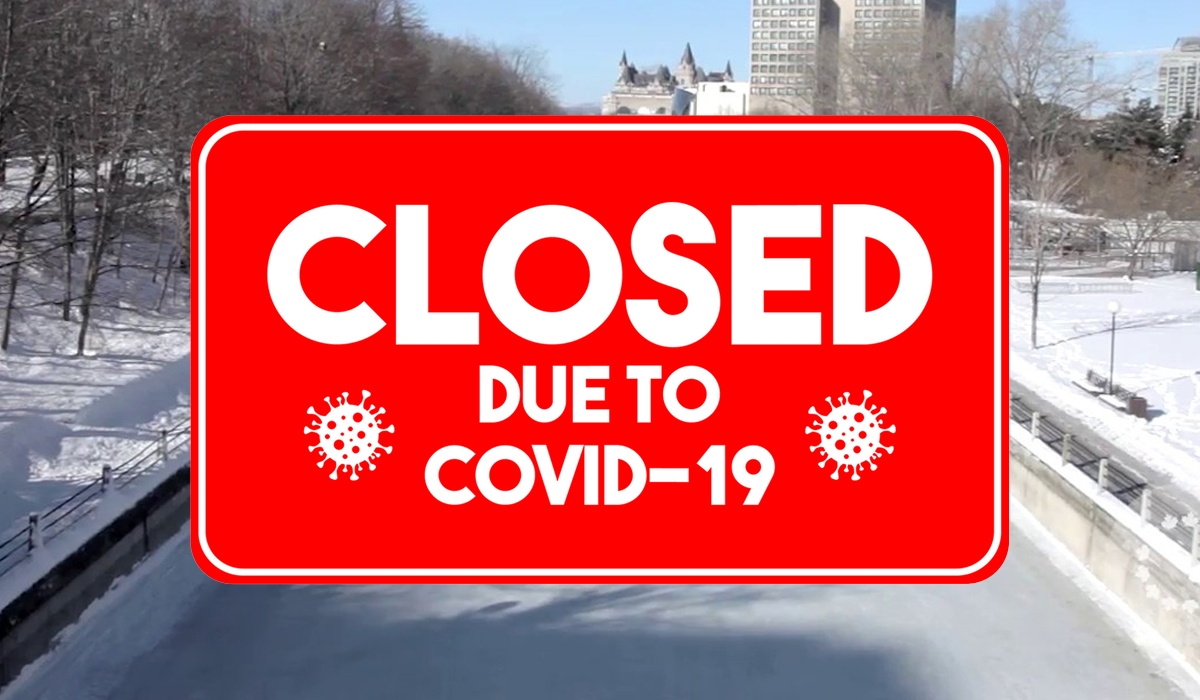
Pipeline Construction and Spill Prevention
Pipeline construction is frequently in the news these days, partly because proponents of some large-scale pipeline projects ignored the concerns of communities they would pass through—resulting in a grassroots uprising against the industry in general, and partly because of a number of recent pipeline spills—many of which were on older lines.
As has been often repeated, all engineering fails over time. In other words natural forces always win eventually. Some failure is inevitable, so it is up to the owners/operators of oil and gas pipelines in North America to make every effort to ensure that failures do not lead to big spills.
Oil pipelines which carry liquid hydrocarbons are constructed of steel or plastic. Steel, high-pressure pipes are made of carbon-steel tubes encased in plastic wrap to prevent corrosion. The wrapped pipe comes in sections with unwrapped open ends. The pipe ends are welded together, the joint is x-rayed to check the weld, and the joints are then plastic-wrapped. Lower-pressure pipe may be made of a strong plastic which comes in rolls. It is less susceptible to corrosion and requires fewer joints.
Considering how many pipelines cross the continent (one interviewee described Alberta as “littered with pipelines”) spills are relatively few, but many could have been prevented or the damage reduced.
The proposed Keystone XL, Northern Gateway, and Energy East pipelines face much opposition from landowners and conservationists, largely because of fears of spills—especially spills into sensitive areas such as wetlands, rivers, lakes and aquifers. Water and oil do not mix and a single spill can cause extensive environmental damage— killing whole local ecosystems, contaminating drinking water, harming fish-spawning grounds or amphibian or bird breeding areas, and poisoning aquifers.
At other times, spills happen with little damage. If most oil is quickly recovered and the site of the spill is dry land, then a swift and efficient mop-up operation, along with naturally-occurring bacteria, which break down hydrocarbons, may leave little trace within a year.
However, uncontained spills, unnoticed spills, human errors (in construction, monitoring, repairing and when working nearby), unreported spills, poor responses, and poorly-sited routes can produce serious negative impacts—on humans, wildlife, ecosystems, local economies, and water supplies.
With recent public attention pressure is being put on pipeline proponents to build safer pipelines, to maintain and monitor those pipelines better than in the past, and to build them in less sensitive areas. One of the reasons spills occur is often age of the pipe. The Plains Midstream Canada spills in Alberta in 2011 and 2012 resulted in charges being laid by the Alberta Energy Regulator (AER, formerly the ERCB – Energy Resources Conservation Board) against Plains in 2013 and 2014.
Shortly thereafter, a plea bargain was struck. The 2012 spill, which contaminated part of the Red Deer River, upstream from the many towns and cities for which it is the only water source, was caused at a river crossing by a leaking pipe which was almost 50-years-old.
On its web site, the legal organization Ecojustice referred to the fines, and to the out-of-court settlement which means the full details will not be released to the public, as a “slap on the wrist.” Total clean-up costs in the earlier 2011 spill in Northern Alberta cost millions and involved dozens of people from the company, from the government agencies which are involved, and from the local community including the Lubicon Lake First Nation. About two dozen people from various government agencies were flown to the remote location. Since then, the AER has watched Plains closely and ordered the company to dig up, check and if needed, replace, all of the shut-off valves on that line, and to institute additional policies and protocols.
Many people, including those in the industry, suggest that pipes nearing 50-years-old should be replaced. There are also means of reducing spill volumes, such as doubling pipes so that a larger secondary pipe would catch spills first. Tanks equipped with a switch or sensor that would alert when the level changes at each end of these secondary pipes— especially if they go over or under water—could be installed. More frequent physical checks (done by helicopter in remote areas) and more frequent placement of sensors are also suggested. Sensors are fail safe, so that if they quit or lose power, the pipeline (or well) will automatically shut down. This encourages producers to maintain equipment regularly to avoid false shutdowns.
The volume going in the pipe should almost equal the volume coming out, so volumes could also be checked more frequently. Reduced volume is sometimes the first indicator of a slow leak. Systems should have several layers of redundancy. Nothing should be dependent on a single person’s judgment.
So why aren’t these procedures standard? The oil patch is one of this continent’s most competitive industries with very high stakes. If the owner of a pipeline company wants to be extra careful and do all the right things to reduce chances of spills, but none of the competition is spending that extra money and time, the more responsible company is effectively penalized.
If regulators at the federal, provincial and state levels ordered industry-wide regulatory changes, then scrupulously enforced them, the playing field would be levelled, making pipelines safer for humans and the environment, and rewarding responsible owners.
The Canadian Energy Pipeline Association (CEPA), while not seeking additional regulation, is asking its members “…to improve management systems and key practices for priority issues.”
CEPA states the program, called Integrity First, is not a response to current regulatory expectations, but a way to formalize the industry’s approach to improvement. CEPA members have signed on to the Integrity First Policy Statement and Principles, which includes holding each other accountable in CEPA’s stated goal of zero incidents.
Currently, the public mood does not appear tolerant of the oil/gas pipeline industry’s errors, especially when those errors are preventable, whether prevention is expensive or not. New regulations could include a phase- in time period, but must be done in consultation with everyone who cares—including the industry players themselves.









